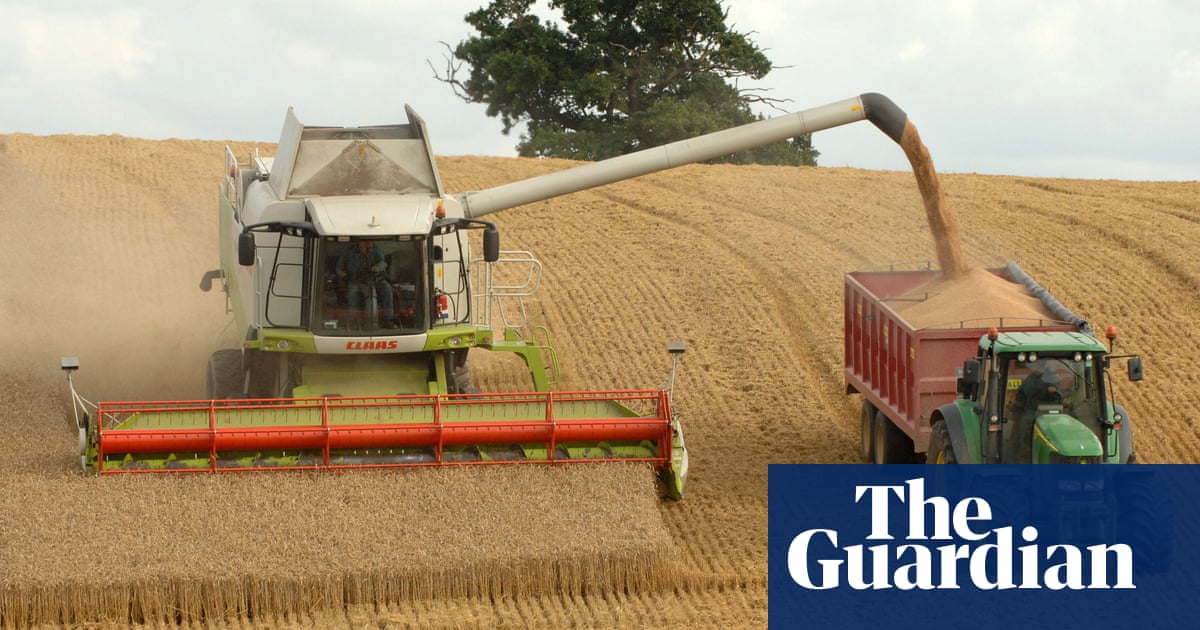England has suffered its second worst harvest on record – with fears growing for next year – after heavy rain last winter hit production of key crops including wheat and oats.
The cold, damp weather, stretching from last autumn through this spring and early summer, has hit the rapidly developing UK wine industry particularly hard, with producers saying harvests are down by between 75% and a third, depending on the region.
On staple crops, England’s wheat haul is estimated to be 10m tonnes, or 21%, down on 2023, according to analysis of the latest government data by the Energy and Climate Intelligence Unit (ECIU).
Winter barley was 26% down on last year, and the winter oilseed rape harvest was down 32%, in data released by the Department for Environment Food and Rural Affairs on Thursday.
The ECIU estimates that farmers could lose £600m on five key crops – wheat, winter and spring barley, oats and oilseed rape – where production was down 15% in total…



Also how many of those are on actual arable land. I’ve seen animal fields add solar not sure how many actually usable fields are being converted.
Most of the fields that solar is put in are not land that is massively productive in other ways. You would not want to replace economically productive land with something else when you have a perfectly good unproductive field sitting right by it. The thing about the sun is that it’s pretty much equal everywhere.
There’s a farm near me that has solar panels and the only thing I’ve ever seen in those fields is grass. Checking back on Google Earth I’m looking at photos from as far back as 2003, I can’t see any crops ever been in there. The only animals I’ve ever seen in there are sheep which tend to be perfectly happy on just grass but pretty much all other cattle require higher quality soils.